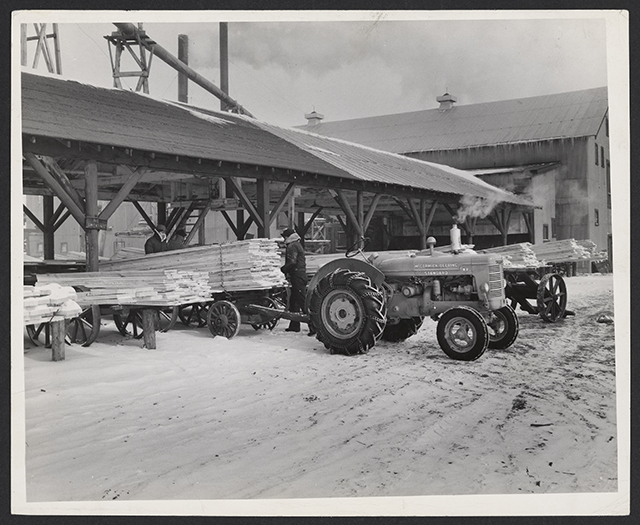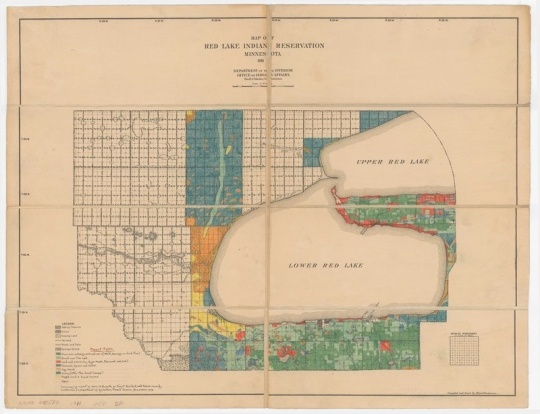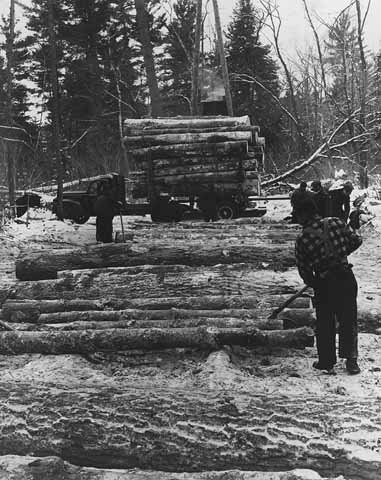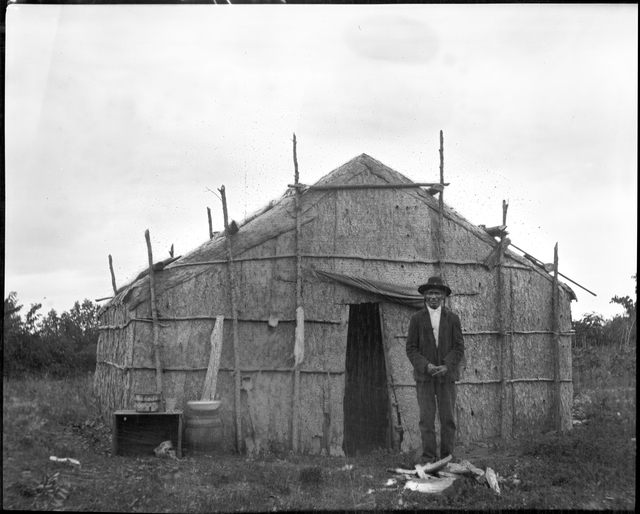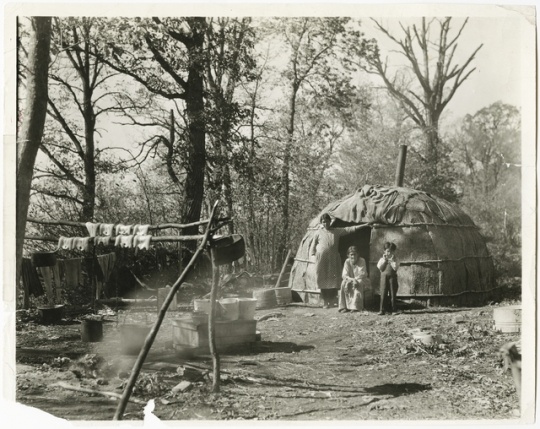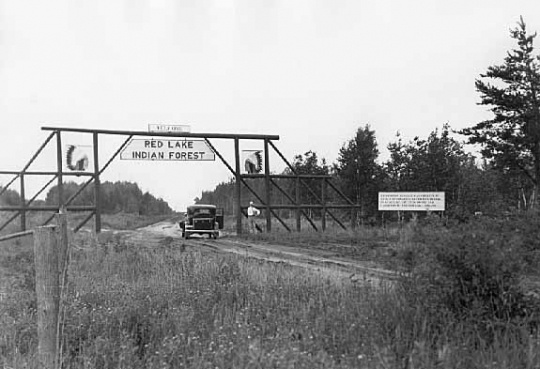Sawmills, Red Lake Indian Reservation
Bibliography
Brill, Charles. Indian and Free: A Contemporary Portrait of Life on a Chippewa Reservation. Minneapolis: University of Minnesota Press, 1974.
Hagg, Harold T. "Logging Line: A History of the Minneapolis, Red Lake and Manitoba." Minnesota History 43, no. 4 (Winter 1972): 123–135.
http://collections.mnhs.org/MNHistoryMagazine/articles/43/v43i04p123-135.pdf
Mittelholtz, Erwin F. and Rose Graves. Historical Review of the Red Lake Indian Reservation. Bemidji, MN: General Council of the Red Lake Band of Chippewa Indians and the Beltrami County Historical Society, 1957.
Mueller, Agnes Harrigan. "A History of Natural Resources." Conservation Volunteer 20, no. 116 (March–April 1957): 7–13.
Tiller, Veronica. A Forest Management History of the Red Lake Indian Reservation of Minnesota. Prepared for the U.S. Department of the Interior, Bureau of Indian Affairs, Branch of Forestry, Minneapolis Area Office, Minneapolis, Minnesota. Albuquerque, NM: Tiller Research, Inc., 1999.
United States Department of the Interior. "Open House," Red Lake Reservation, commemorating a century of conservation by Department of the Interior, 1849–1949. [Red Lake, MN: 1949].
Chronology
1856
1907
1923
1924
1933
1936
1956
Bibliography
Brill, Charles. Indian and Free: A Contemporary Portrait of Life on a Chippewa Reservation. Minneapolis: University of Minnesota Press, 1974.
Hagg, Harold T. "Logging Line: A History of the Minneapolis, Red Lake and Manitoba." Minnesota History 43, no. 4 (Winter 1972): 123–135.
http://collections.mnhs.org/MNHistoryMagazine/articles/43/v43i04p123-135.pdf
Mittelholtz, Erwin F. and Rose Graves. Historical Review of the Red Lake Indian Reservation. Bemidji, MN: General Council of the Red Lake Band of Chippewa Indians and the Beltrami County Historical Society, 1957.
Mueller, Agnes Harrigan. "A History of Natural Resources." Conservation Volunteer 20, no. 116 (March–April 1957): 7–13.
Tiller, Veronica. A Forest Management History of the Red Lake Indian Reservation of Minnesota. Prepared for the U.S. Department of the Interior, Bureau of Indian Affairs, Branch of Forestry, Minneapolis Area Office, Minneapolis, Minnesota. Albuquerque, NM: Tiller Research, Inc., 1999.
United States Department of the Interior. "Open House," Red Lake Reservation, commemorating a century of conservation by Department of the Interior, 1849–1949. [Red Lake, MN: 1949].








